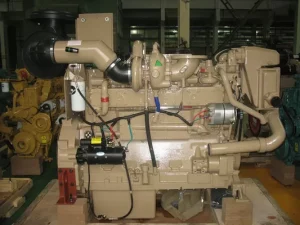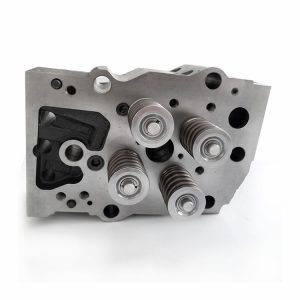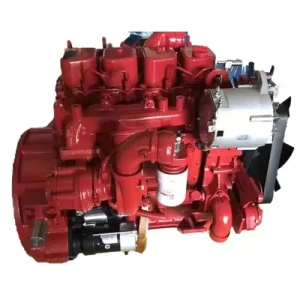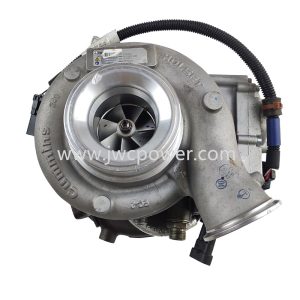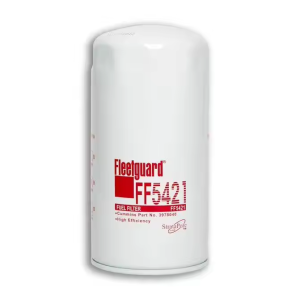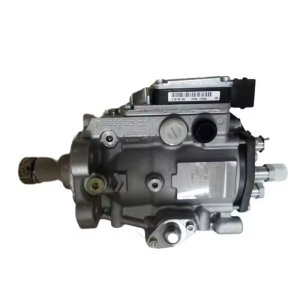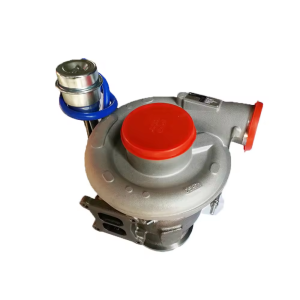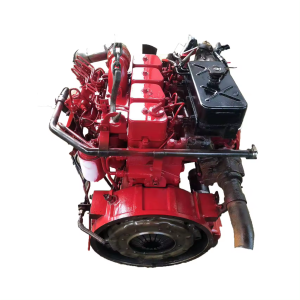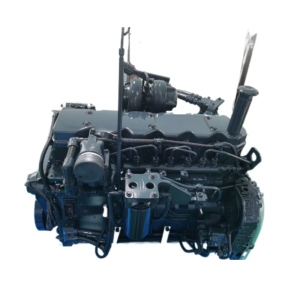Cummins turbochargers play a critical role in boosting engine efficiency by forcing more air into the combustion chamber. This results in improved fuel economy, higher horsepower, and reliable performance. However, like all mechanical components, turbos wear out over time and require attention when symptoms of failure appear.
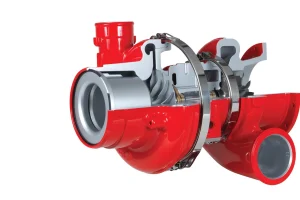
Why Turbochargers Fail
Several factors contribute to turbocharger problems in Cummins diesel engines:
Poor lubrication or contaminated oil
Clogged air filters restricting airflow
Excessive exhaust temperatures
Foreign objects entering the intake system
Normal wear from high mileage
Common Symptoms of a Failing Turbocharger
Loss of Power
A noticeable drop in acceleration or difficulty maintaining speed is one of the earliest signs of a failing turbocharger.
Excessive Smoke
Blue smoke often indicates oil leakage into the combustion chamber, while black smoke points to improper fuel-air mixture caused by reduced boost.
Strange Noises
Whining, grinding, or high-pitched whistling from the engine bay can signal damaged turbo bearings or compressor wheels.
Oil Leaks
Oil around the turbo housing or intake piping is a strong indication of seal failure.
Check Engine Light
Modern Cummins engines may trigger fault codes when boost pressure falls outside normal ranges.
Step-by-Step Diagnosis Guide
Visual Inspection: Check for cracks, leaks, or loose connections around the turbocharger.
Listening for Abnormal Sounds: A healthy turbo produces a smooth whistle, not grinding or screeching.
Monitoring Exhaust Smoke: Different colors of smoke provide clues to the underlying issue.
Checking Oil Levels and Leaks: Low or dirty oil accelerates turbo wear.
Diagnostic Scans and Codes: Use an OBD-II or Cummins diagnostic tool to check for boost-related error codes.
Preventive Maintenance Tips
Change engine oil and filters on schedule.
Inspect and replace air filters regularly.
Allow the engine to idle for a few minutes before shutting off to cool the turbo.
Monitor exhaust gas temperatures to avoid overheating.
Repair or Replace: Making the Right Decision
Minor issues, such as leaking gaskets or clogged filters, may be repairable. However, severe bearing wear, damaged compressor blades, or excessive shaft play usually require full turbo replacement. Genuine Cummins parts are recommended for reliability and longevity.
Final Thoughts
A failing turbocharger can drastically affect performance, fuel efficiency, and engine health. Recognizing the symptoms early and following a systematic diagnosis process helps prevent costly repairs and downtime. Regular maintenance remains the most effective way to extend the life of a Cummins turbocharger.
